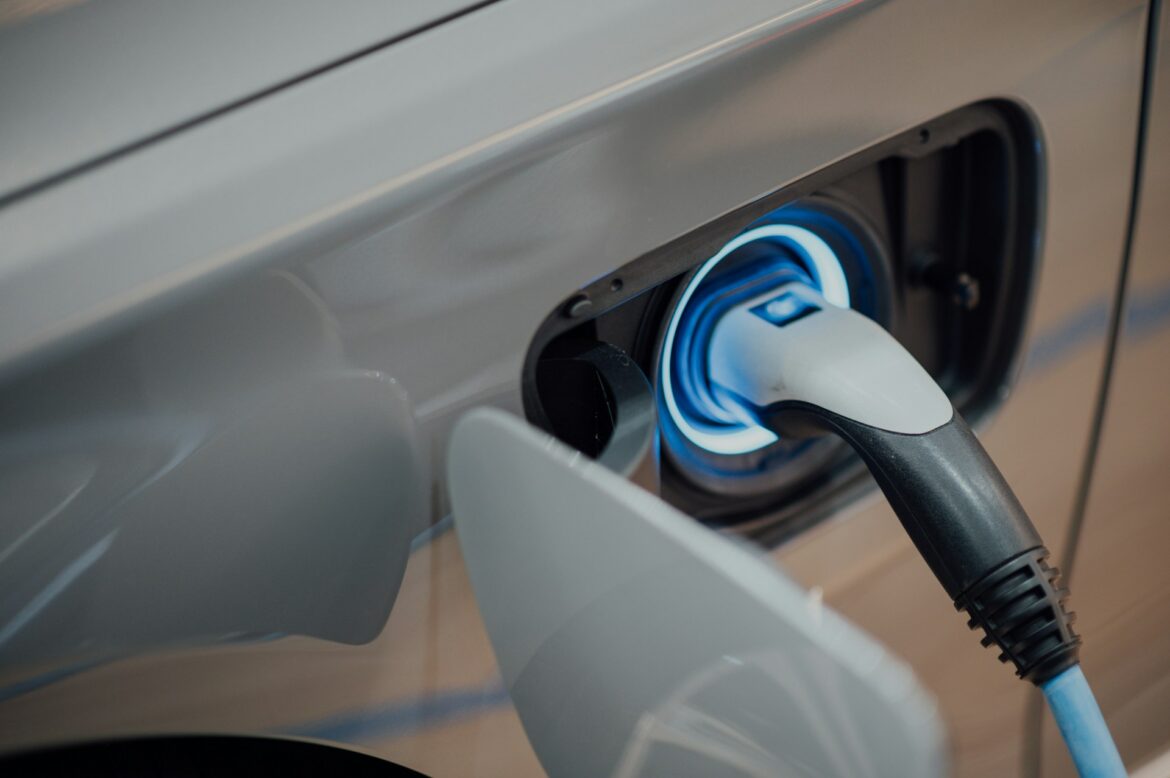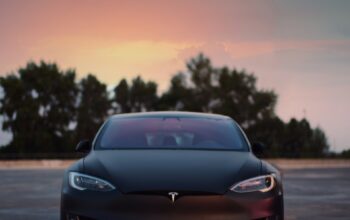The rise of electric vehicles (EVs) marks a transformative era, bringing with it both challenges and opportunities for forecourt owners. The transition towards electrification is not just a trend but a significant shift in consumer preferences, pushing the boundaries of what we traditionally expect from vehicle fuelling stations.
The Surge of Electric Vehicles
As we approached the close of 2023, the UK witnessed a remarkable surge in electric vehicle adoption, with statistics revealing over 975,000 fully electric cars and 590,000 plug-in hybrids gracing its roads. The previous year alone saw an 18% increase in EV registrations compared to 2022, highlighting a clear and growing preference for cleaner, more sustainable modes of transport. This upward trajectory in EV ownership signifies a pivotal moment for forecourt operators, presenting a golden opportunity to diversify and modernise their offerings with EV charging solutions.
Embracing EV Charging
Incorporating EV charging infrastructure into existing forecourts is an exciting prospect, yet it comes with its intricacies. A key challenge lies in accommodating the high-power demands of EV chargers. Many forecourts, originally designed for traditional fuel pumps, lack the necessary electrical infrastructure to support the energy requirements of modern EV chargers. This gap calls for strategic planning and investment to secure the required power connections, often necessitating upgrades to the local grid.
Strategic Planning for EV Charging Infrastructure
The journey towards installing EV charging stations begins with thorough planning. Forecourt owners are encouraged to assess their current power capabilities and explore the feasibility of upgrading their connections well before the intended launch of their charging stations. Early engagement with power suppliers and experts in the field can significantly enhance the likelihood of obtaining the necessary upgrades, especially as the market for EVs—and consequently the demand for power connections—continues to grow.
The Competitive Landscape of Power Connections
As the EV market expands, so too does the competition for power connections. Forecourt owners are not the only stakeholders seeking to enhance their electrical infrastructure; commercial properties and other high-demand projects are also in the race. This competitive environment underscores the importance of proactive planning and engagement with grid connection processes to secure the needed capacity for EV charging developments.
Navigating Grid Connection Upgrades
While upgrading grid connections can be costly, forecourt owners have options to mitigate these expenses. Partnerships with charge point operators that offer fully funded business models can relieve owners of the financial burden associated with these upgrades. This approach not only facilitates the transition to EV charging but also ensures a smooth and hassle-free EV installation process.
Leveraging Technology for Efficient Power Management
Adopting load balancing technology is a strategic move for managing the limited power capacity of forecourts. This innovative solution allocates power dynamically among multiple EVs, optimising charging speeds and enhancing the overall customer experience. By employing such technologies, forecourt owners can maximise the efficiency of their power usage, accommodating more EVs without necessitating significant infrastructure overhauls.
Capitalising on the EV Charging Opportunity
The integration of EV charging stations into forecourts transcends the mere addition of a new service; it represents a strategic investment in the future of mobility. Beyond offering a critical amenity for EV owners, charging stations drive additional revenue through incremental sales in convenience offerings. Forecourt owners who embrace this evolution position themselves as forward-thinking leaders in the automotive and retail sectors, catering to the environmentally conscious consumer and contributing to a sustainable future.
The transition towards electric vehicles is an unstoppable force reshaping the automotive industry and the services that support it. For forecourt owners, adapting to this change is not only a matter of keeping pace with technological advancements but also seizing a significant business opportunity. By understanding the market dynamics, planning strategically for infrastructure upgrades, and leveraging partnerships and technologies, forecourts can thrive in this new era, offering valuable services to EV owners and reinforcing their role in a greener, more sustainable transport ecosystem.




